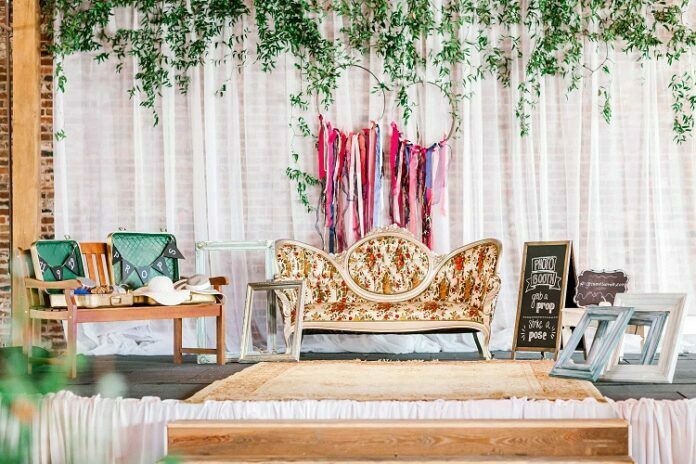Trends and styles come and go as the years go on, with people getting swept up by phases that, at first, seem to embody class and timeless elegance in novel ways but quickly devolve into outdated, embarrassing looks. This is especially true for trends in interior design and decoration.
Those passionate about decoration know that you must be extremely careful not to get swept up in short-lived phases and stick to classic and clean design. In this day and age, shabby chic is the trend to beware of the most. Read more at Rough-Draft.net about why those passionate about decoration should be cautious and stick to classic, clean designs.
Shabby chic has recently gained popularity as a way to decorate one’s home utilizing do-it-yourself techniques to obtain a rustic, aged, worn out and run down look and feel to furnishings and finishes. Enthusiasts of the style claim that the vintage look of shabby chic items add a sort of charm to a room. However, in most cases, the wear of self made or refurbished furniture can easily look unfinished, contrived and tacky. Though some claim that leaving cracked paint or yellowed varnish on a piece of “vintage” furniture adds to its history or makes the object seem well-loved, it can give the appearance of being dirty or grimy.
Additionally, DIY projects come with quite a risk attached. Where at first buying old furniture from thrift stores or garage sales to fix up may seem like a good way to save some money, in the end, many such projects end up as veritable money pits. Numerous things can go wrong when working with older furniture. For example, one could buy an old chair with the intention of fixing it up and create a shabby chic masterpiece, only to have it fall apart due to precious wear.
Pouring money into buying supplies, such as paint and tools, adds up over time when trying to repair vintage furniture. Eventually, it can end up costing the same or more to repair and shabby-chic an old, broken piece of furniture as simply buying a new piece. The rise in popularity of this unfortunate trend in home decor has led to an equally irritating rise in the prices in vintage and thrift items.
With “shabby” being a newly vogue term for furniture, vintage, retro and antique shops everywhere are taking advantage of inexperienced shoppers and raising the prices of worn down items due to their supposed stylistic value. Broken dressers shoddily repainted with white paint and “intentionally distressed” exteriors that would have previously been considered absolute garbage have been rebranded as fashionable and valuable. In reality, these items are not worth the prices being asked for them, and this use of a new trend in design is quickly becoming a way to easily con customers out of more money than they should be paying. Though it is important to put one’s own personality into the design and decor of a living space, avoiding tacky trends, like shabby chic, will ensure that one does not come to regret any design decisions in the future.









